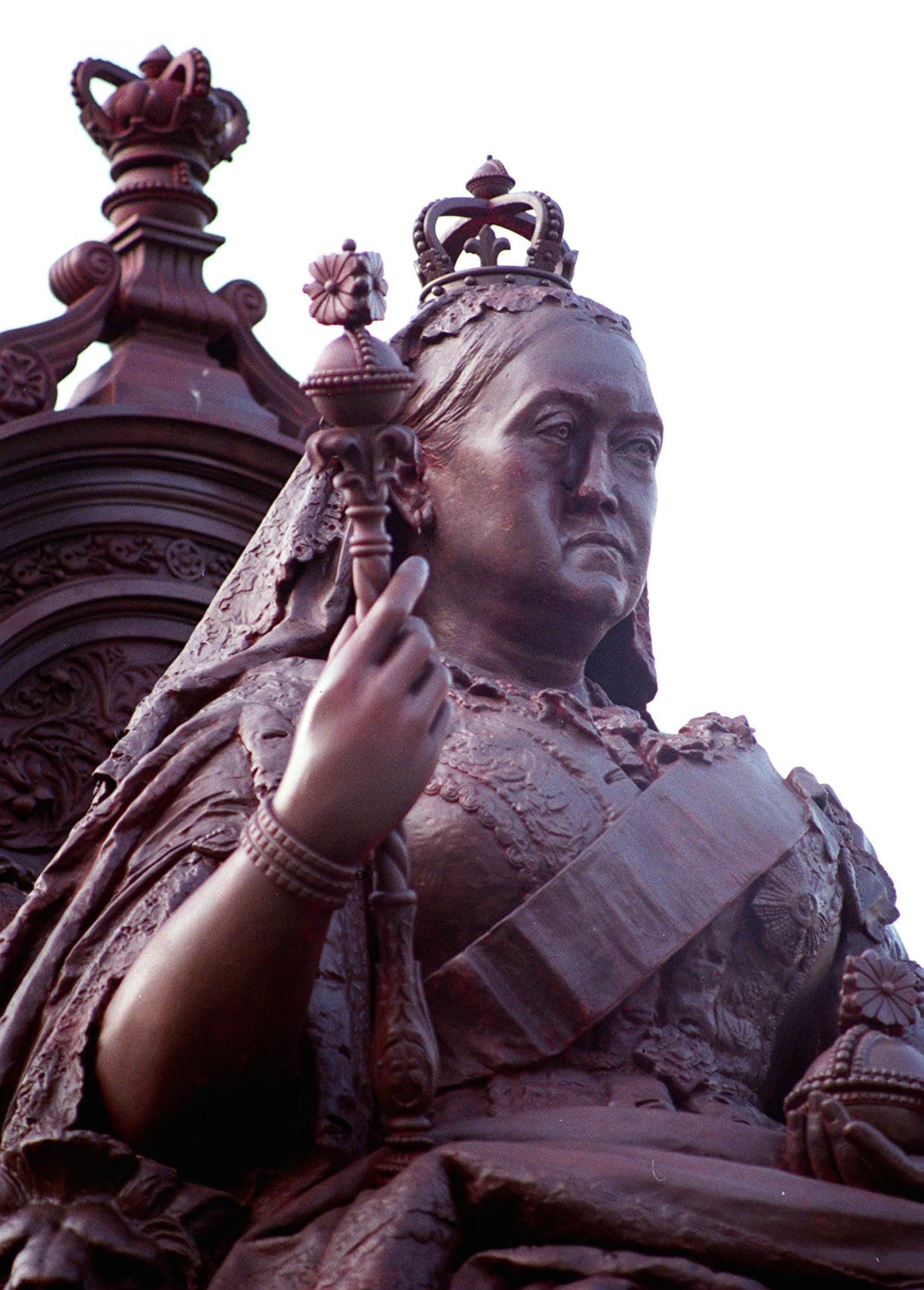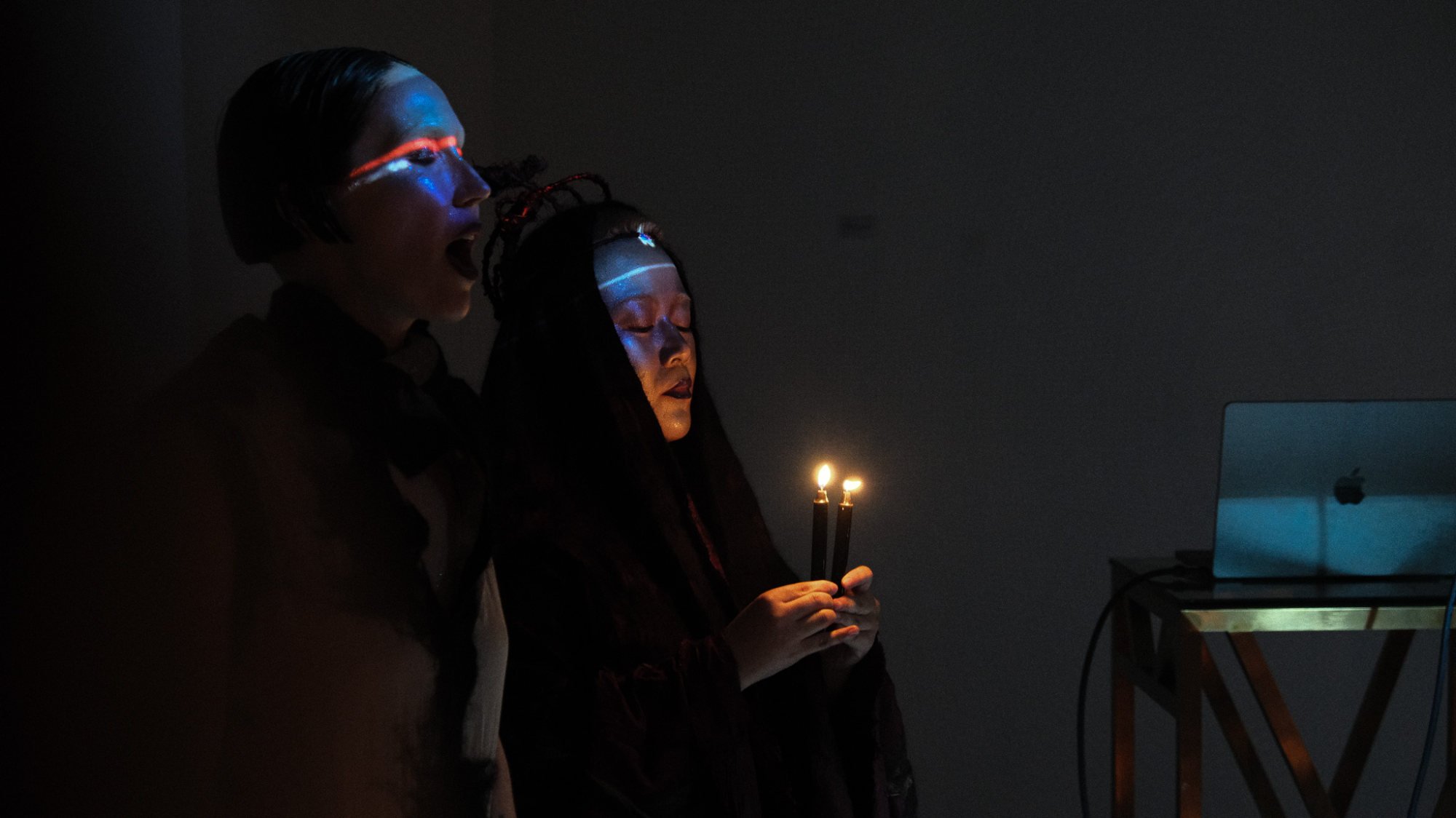The phrase, which directly translates as “guest arriving”, also bears phonetic resemblance to the English word “happening”, which American artist Allan Kaprow came up with in the 1950s to describe different kinds of ephemeral, live cultural events.

Kwok’s hak bun lum performances made history. In 1979, he took his site-specific “Plastic Bag Project” to Beijing and Shanghai, which were the first recorded performance art events to take place in mainland China in the contemporary art context.
For decades, however, Kwok and other performance-art pioneers lived in the shadow of other artists.
Part of the reason for the marginalisation of performance art – also known as “live art” – in Hong Kong was its association with antisocial behaviour in a city that prides itself on being orderly, says Wen Yau, a prominent researcher and performance artist who built Hong Kong’s first extensive archive on performative practices for the Asia Art Archive in the mid-2000s.

She points to Pun Sing-lui’s 1996 performance Red Action. The piece, a protest against colonial culture in Hong Kong performed a year before the city returned to China, saw Pun splash red paint over a bronze statue of Queen Victoria and smash its nose with a hammer. He was jailed for a month.
“People didn’t care about [performance] art or understand what the art piece was about and labelled performance art as weird, unexplainable and unreasonable,” says Wen Yau (an artist name that means “drifting spirit”).
Pun was called a criminal for destroying something of such symbolic and historic value to the city, she adds.

Still, as a lecturer in Lingnan University’s cultural studies department, Wen Yau has found that students today are more interested in the art form than earlier generations, possibly thanks to big names such as Serbian performer Marina Abramović, who have “made performance art cool”, she says.

She adds that young people have much to express in today’s complex sociopolitical climate and she sees the potential of using performance art as a tool of self-expression without being overtly political.
Lam worked as a re-performer for Abramović’s touring exhibition “The Cleaner” in Germany in 2018, which influenced her own work as it “gave me another embodied experience of performance art and expanded my understanding of the medium”, she says.
Lam believes that performance art functions very differently, and quite separately, from the rest of the contemporary art world, as it is about “the presence of one’s body being activated by actions or materials”.

She says gender and feminism are currently some of the most popular topics in Hong Kong’s performance art scene, which, to her, “makes so much sense” since the performer’s body is used as a visual means of expression.
Zoë Marden and Sonia Wong Yuk-ying are no strangers to those social discourses. Both artist-researchers in their individual practices, the two have joined forces to create live artworks focusing on feminism, sexuality and the themes that follow.

Before the duo’s first work together, Wong was more accustomed to standing before inquisitive crowds as a lecturer in the gender studies programme at Chinese University of Hong Kong.
“There is a lot of performance involved in speaking in front of 600 students, but my performative practice has allowed me to explore, deliver and translate my interests in a different context to a different audience,” Wong says. “I think all of my work draws from the same pool of knowledge and out of similar concerns.”

Marden, whose artistic practice spans mediums from sculpture and installation to video and performance, finds there is “a hierarchy of power within the realm of the arts” where “performance is always at the bottom”.
It is perhaps because of the mainstream perception that relates the experimental nature of live art with nudity, self-harm and blood, she says.
“There is a very strong and significant legacy of those things,” she adds. “Now, I think it’s a free-for-all.”
In March, to kick off Hong Kong Art Week, the duo performed Forever Reaching for Everythingness at Tomorrow Maybe, at Eaton HK. The piece had a conversational take on gender fluidity, intimate experiences, feminist perspectives and the artists’ existential questions.
“Art used to be something we consider canonical, monumental or valuable, but performance is transient and unable to be preserved,” Wong says. “It happens in front of your eyes, in real-time, in the process of co-creation.”

Rachel Song, 28, is a Hong Kong-based stylist and image-maker who watched Forever Reaching for Everythingness.
“It’s more experimental,” she says of the art form. “I like live art because of its transience. Paintings and sculptures stand the test of time – you can look at it today or 10 years later – whereas performance is of the moment. You have to be there to experience it fully.”

